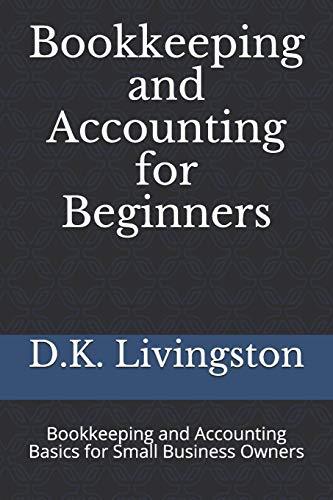


Current Attempt in Progress Marigold Corp. had the following long-term receivable account balances at December 31, 2019. Notes receivable $1,900,000 Notes receivable - Employees 390,000 Transactions during 2020 and other information relating to Marigold' long-term receivables were as follows: 1. The $1,900,000 note receivable is dated May 1, 2019, bears interest at 9%, and represents the balance of the consideration received from the sale of Marigold's electronics division to Sunland Company. Principal payments of $633,333 plus appropriate interest are due on May 1, 2020, 2021, and 2022. The first principal and interest payment was made on May 1, 2020. Collection of the note instalments is reasonably assured. 2. The $390,000 note receivable is dated December 31, 2019, bears interest at 9%, and is due on December 31, 2022. The note is due from Marcia Cumby, president of Marigold Corp., and is secured by 10,000 Marigold common shares. Interest is payable annually on December 31, and the interest payment was made on December 31, 2020. The quoted market price of Marigold's common shares was $45 per share on December 31, 2020. 3. On April 1, 2020, Marigold sold a patent to Blossom Company in exchange for a $200,000 non-interest-bearing note due on April 1, 2022. There was no established exchange price for the patent, and the note had no ready market. The prevailing rate of interest for a note of this type at April 1, 2020, was 11%. The present value of $1 for two periods at 11% is 0.81162 (use this factor). The patent had a carrying amount of $41,000 at January 1, 2020, and the amortization for the year ended December 31, 2020 would have been $7,000. The collection of the note receivable from Blossom is reasonably assured. 4. On July 1, 2020, Marigold sold a parcel of land to Splish Brothers Inc. for $250,000 under an instalment sale contract. Splish Brothers made a $51,000 cash down payment on July 1, 2020, and signed a four-year, 10% note for the $199,000 balance. The equal annual payments of principal and interest on the note will be $62,779, payable on July 1, 2021, through July 1, 2024. The land could have been sold at an established cash price of $240,000. Marigold had paid $155,000 for the land when it purchased it. Collection of the instalments on the note is reasonably assured. 5. On August 1, 2020, Marigold agreed to allow its customer, Saini Inc., to substitute a six-month note for accounts receivable of $240,000 it owed. The note bears interest at 6% and principal and interest are due on the note's maturity date. Click here to view the factor table PRESENT VALUE OF 1. Click here to view the factor table PRESENT VALUE OF AN ANNUITY OF 1. The tables in this problem are to be used as a reference for this problem. (For calculation purposes, use 5 decimal places as displayed in the factor table provided.) Cash inflows from notes 2020 2021 20 1. 9% Note receivable Principal $ 633,333 $ 633,333 $ Interest 171.000 129.390 2. 9% Note receivable Principal Interest 3. Non-interest-bearing note receivable Payment 4. Instalment contract receivable Down payment Payment 5. 6% Note receivable Principal Interest Total $









